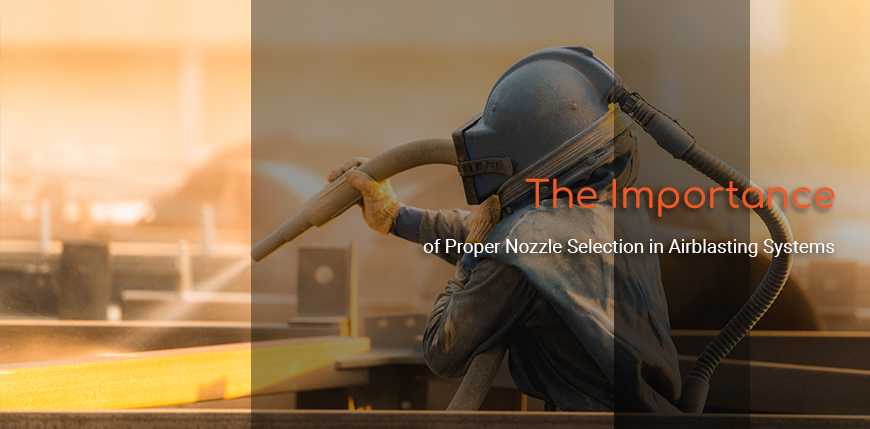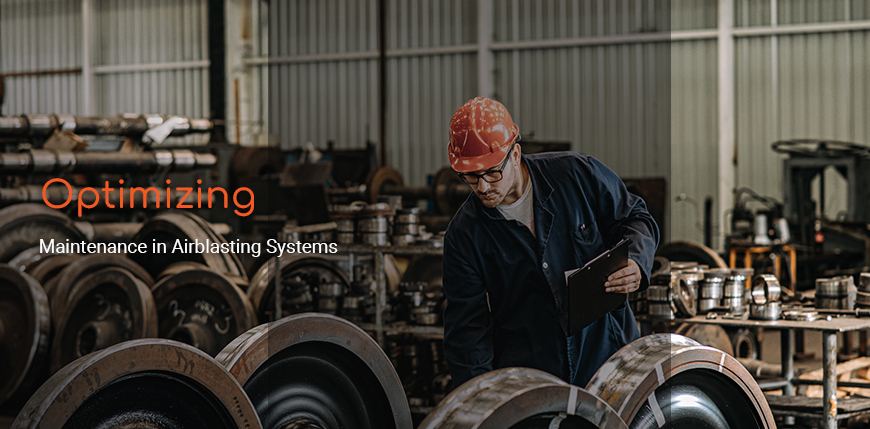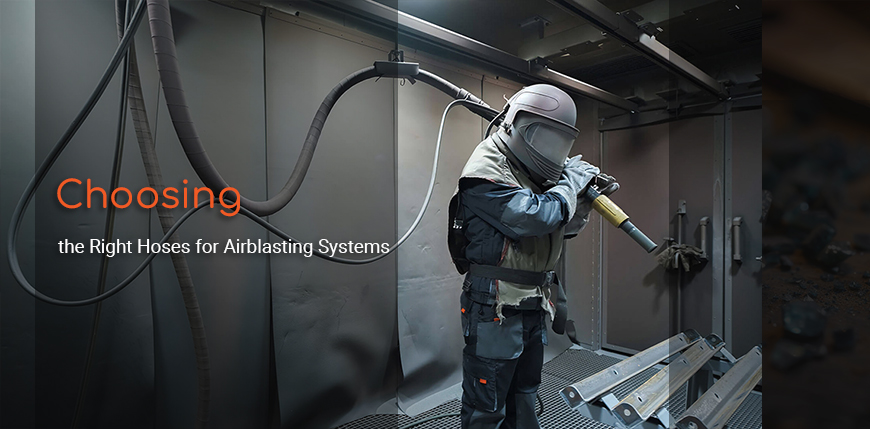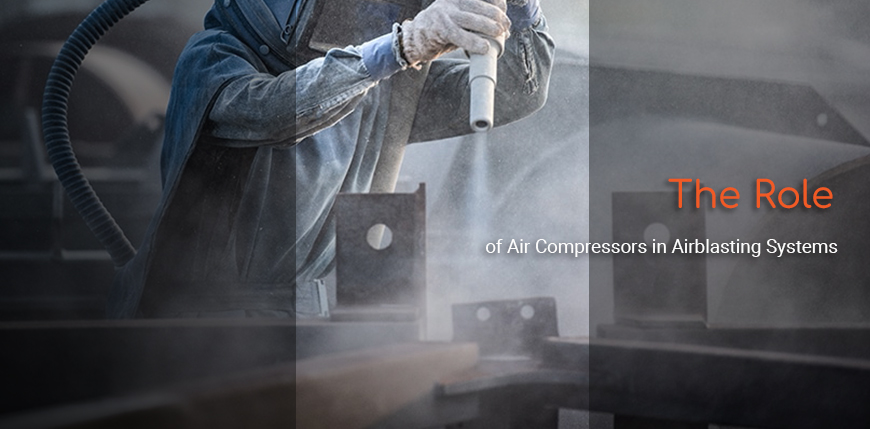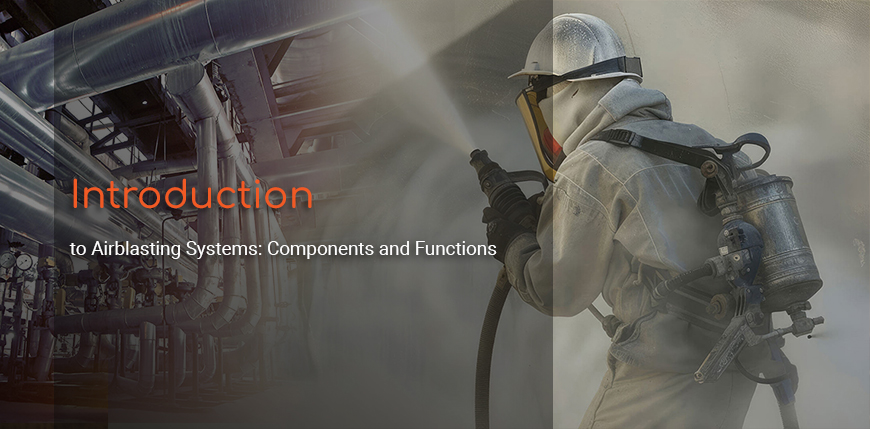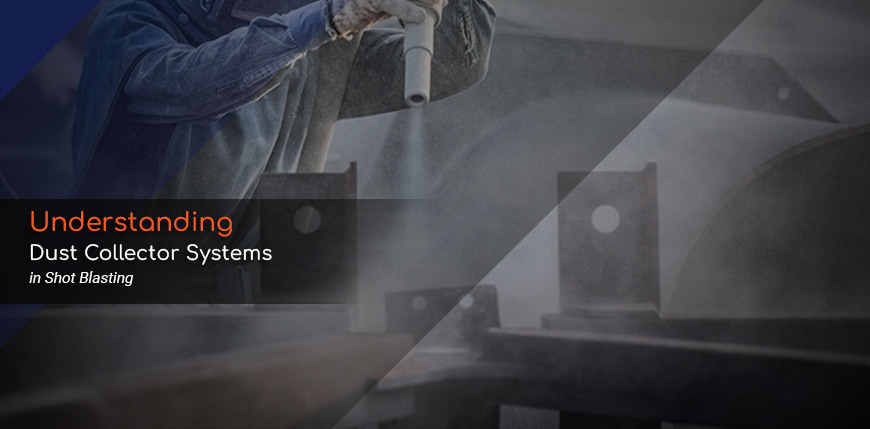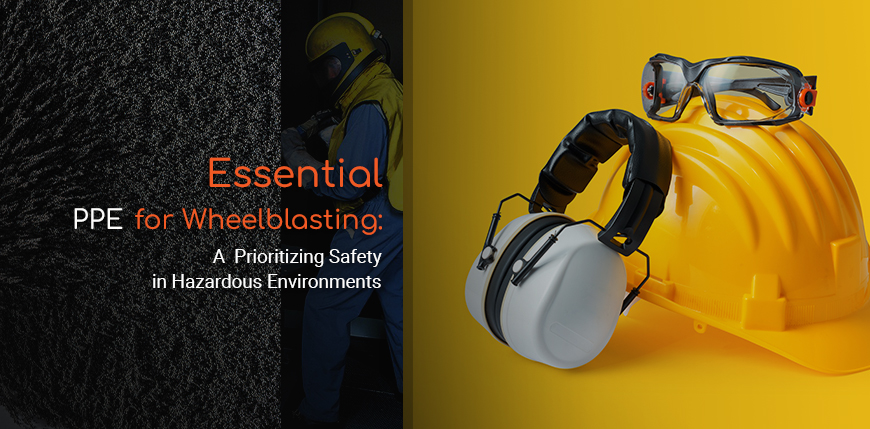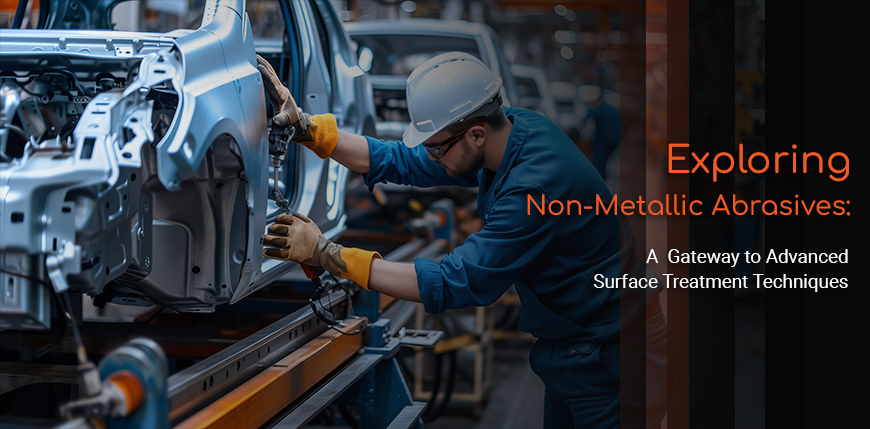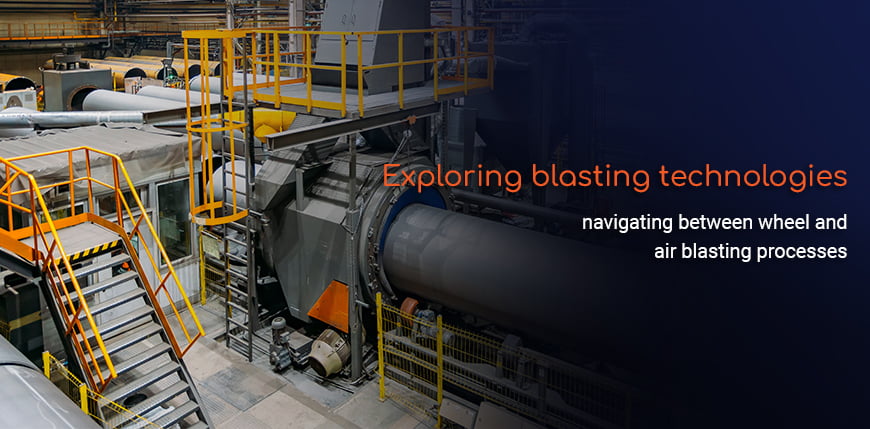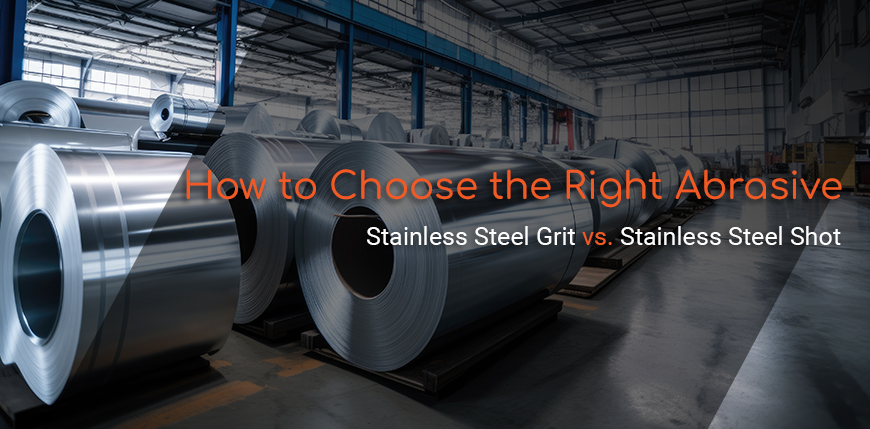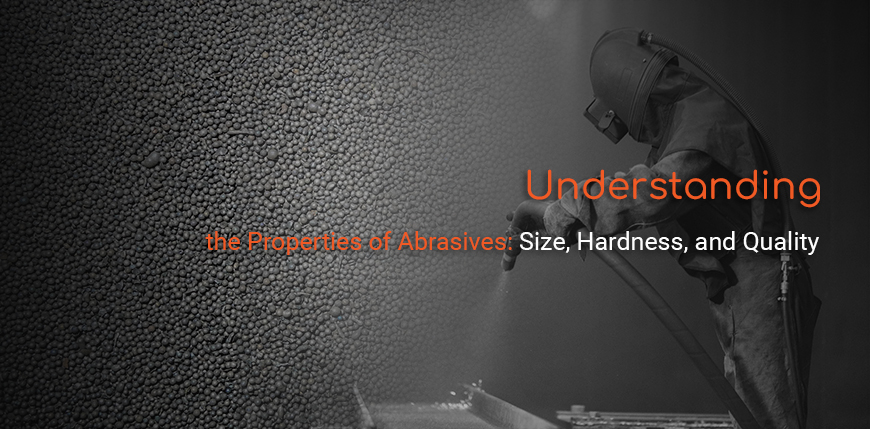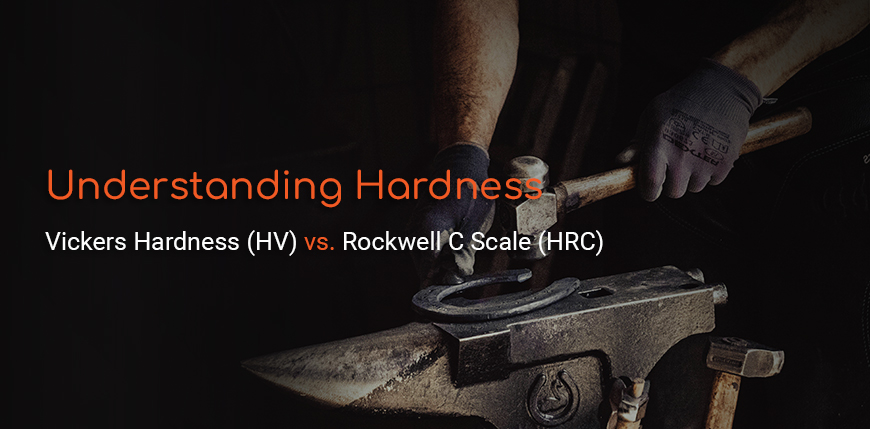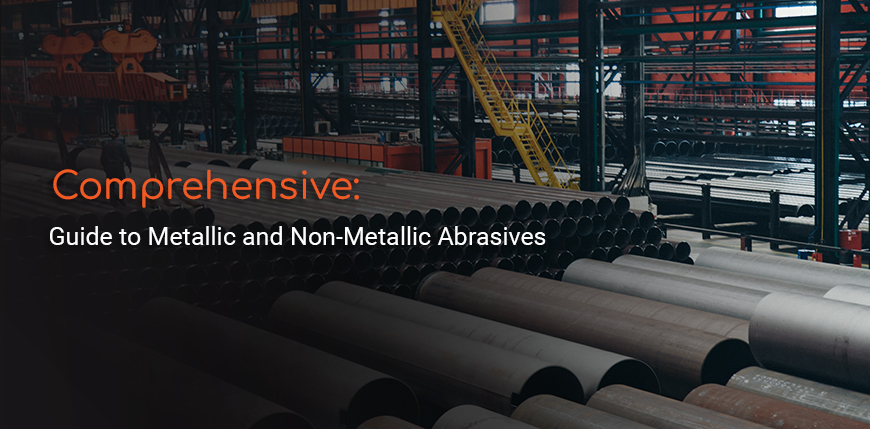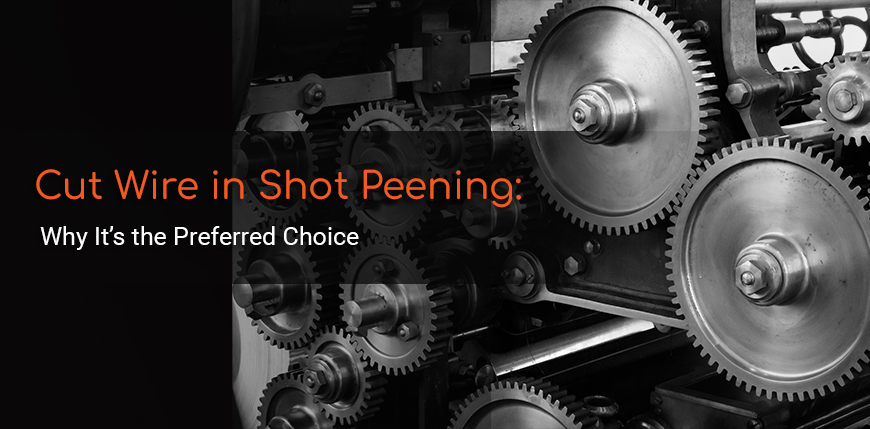The Importance of Proper Nozzle Selection in Airblasting Systems
Whether you’re removing rust, descaling metal, or preparing surfaces for coating, the right nozzle can significantly impact the efficiency and effectiveness of the airblasting process. This article explores the different types of nozzles used in airblasting, their benefits, and why selecting the correct nozzle is crucial for performance and safety.
The Function of Nozzles in Airblasting
Nozzles are essential in controlling how the abrasive media is projected onto the surface being treated. The nozzle dictates the speed, and spread of the abrasive blast, making it a key component in determining how well the surface is cleaned or prepared. In essence, the nozzle focuses the energy of the air and



